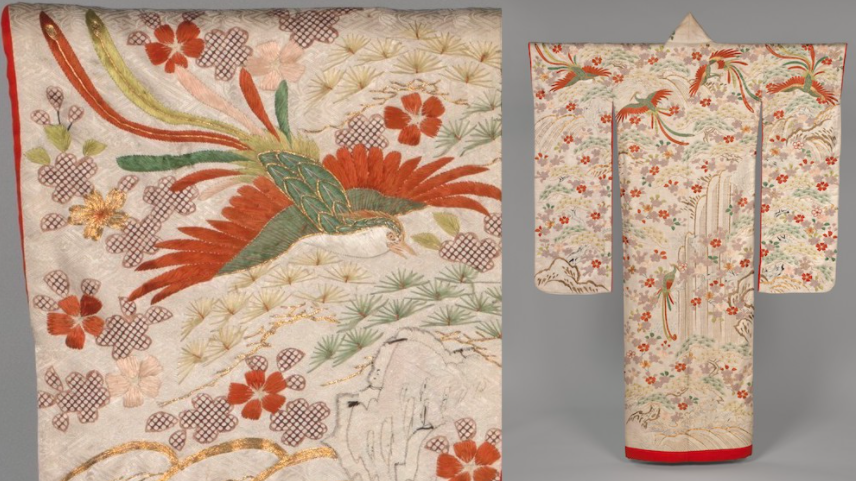The Fashion and Race Database
- Kathryn Bernhardt
- Oct 2, 2020
- 4 min read
Rachel Kinnard teaches Fashion: Culture and Industry, one of the variations of CCI 304 Creative and Cultural Industries in Practice, and recently she’s also been working on a project called the Fashion and Race Database with the founder of the project, Kimberly Jenkins, professor of Fashion Studies at Ryerson University in Toronto.
The Fashion and Race Database started out as a Wordpress site called the Fashion and Race Syllabus. Jenkins was gathering resources about race in the fashion industry for her own work and wanted to share them with the public, but when Jenkins began working at Ryerson, they were able to invest more into the project and expand it.
Kinnard, who in addition to teaching at Chapman currently teaches in the fashion departments at Cal State LA and the Arts Center in Pasadena, sat down with us to tell us more about the database.
“A big part of the project is not only providing resources for people to learn about fashion and race, but also providing opportunities for people to actually do the research and write about it in a way that is compensated. So often with the creative industries a lot of the people who get to do the work and get to have these opportunities are independently wealthy and predominantly white because those are the people whose families have generational wealth. So, it was really important for us to be able to compensate them so we could have people of color writing their own stories,” Kinnard said.
According to Kinnard, one of the hopeful outcomes of the project is to connect academia with the industry.
“With fashion in particular, there’s the fashion industry and people who think and write about fashion from a critical way and oftentimes those people aren’t really in conversation with each other,” Kinnard said.
She mentioned that one of the problems is that academia is often hidden behind paywalls and not accessible to anyone besides current students. Additionally, much of it is written in dense, academic language that also makes the material itself exclusive. That can contribute to the academic discussions and critical issues not being looked at or worked on by those actually working in the industry.
“[We want the database to] make this conversation accessible to everyone. It’s inviting students, people in the fashion industry, but also people in the general public to take part in the conversation. With the industry specifically, there’s been a lot of controversies in regards to fashion and race, and with these fashion brands creating problematic clothing items or using models in problematic ways, so [by providing the database] it’s kind of like saying [the industry] has no excuse anymore. We’re giving them the resources,” she said.
But, the database aims to reach a wide audience. Not only can it be used by people in fashion, but also by students, educators, and anyone willing to educate themselves.
“We’ve heard from a few people who studied fashion design and said ‘hey I studied fashion design and I really wish something like this was available when I was in school.’ So it’s making this available for students, but also for the general public who can continue learning because all of these conversations on culture are continually evolving, so everyone should be learning even when you’re out of school,” said Kinnard.
This can be an especially important resource for teachers because as with any subject we’re in the process of reteaching the basics from a more accurate perspective than they were originally written.
“Fashion history just like all history is stories that are told from a biased perspective and fashion is definitely told from a eurocentric, white centric point of view,” Kinnard said.
The website aims to include all different forms of media to show that fashion permeates much more than the general public realizes and educate in multiple ways so people can learn in a way that works for them. Not only do they have academic papers, but also podcasts, photography collections, and much more.
“Fashion doesn’t just exist in the women’s interests magazine shelf at the grocery store. Vogue, Harper’s Bazaar -- those are not the only sources of fashion. There are so many sources out there and you have to open your eyes to see them. And then, once your eyes are open, you see them everywhere. The fashion industry is like the third largest industry or something like that, it’s a huge industry and it kind of benefits from us not paying attention to it because it can do whatever it wants, but once people take it seriously it has to be more responsible,” Kinnard said.
The nature of the database seems particularly relevant as we navigate, engage with, and educate ourselves on the social justice movements that have always been there, but which gained historic momentum this summer. Kinnard said that Jenkins had already been planning the relaunch of the site, and it was serendipitous that it happened within the midst of wider cultural conversations about race in all different facets. Kinnard cited the example of fast fashion and how it can be representative of even larger issues.
“With the fashion industry, especially in the United States, when we talk about the current discussions of garment worker exploitation that’s something that’s foundational to the industry and our country as a whole so it’s important to recognize the patterns of exploitation that lead to intense profit. And usually those people who are exploited are black or brown, depending on which country you’re in, but that’s historically the populations that get exploited -- and women in particular,” she said.
The Fashion and Race database is doing incredibly important work by putting out resource and materials for us all to educate ourselves. Take the time to explore the website and tell us what you learn.





Comments